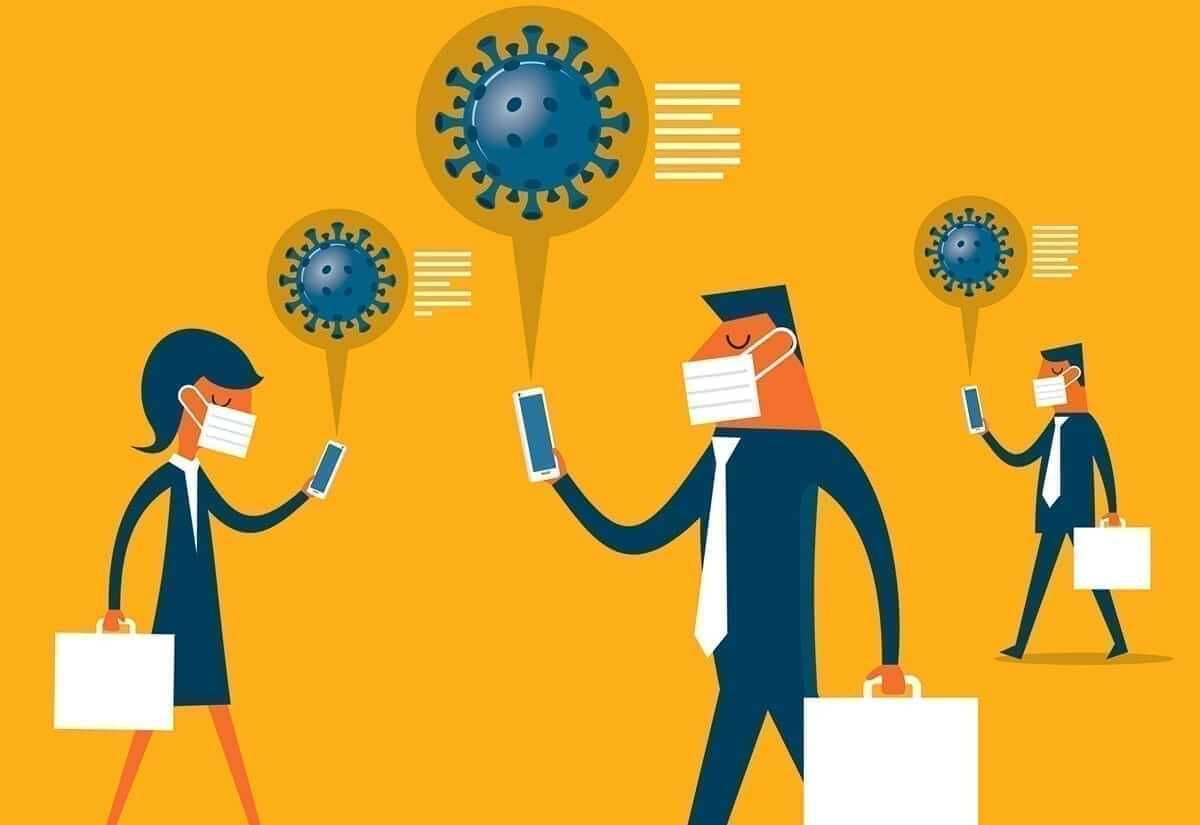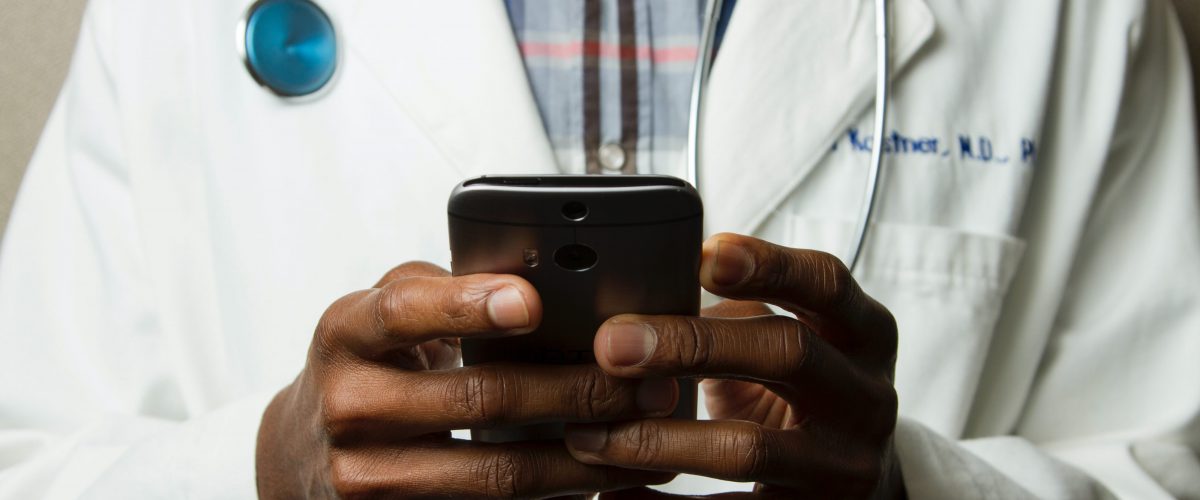The COVID19 pandemic has affected the planet in every possible way. It has meant a 180º change in the perception of life, of the economy, and of course, health.
More than 7.32 million people have been diagnosed with this new disease, and unfortunately, 432,000 people have passed away due to COVID19.*
The pandemic has caught the entire planet by surprise, and countries had to react against it, taking unexpected measures and actions, and in many cases on the fly, without having time to carry out a more in-depth analysis of their effectiveness and impact.
Corporations have also taken charge of the situation to help alleviate the effects of this pandemic. One of the biggest examples came when Google and Apple announced a joint effort to enable the use of Bluetooth technology to help governments and health agencies reduce the spread of the virus. (1)

In the chaos that has ensued, the pandemic has been a portal between one world and the next. A portal that the healthcare sector has crossed without fear and with decision.
What has COVID19 meant for healthcare?
During the months of March to the present (June 2020), the face-to-face medical visit has been reduced to a minimum, because hospitals and primary care centers were the main spot of this contagious disease.
The experience of the COVID19 pandemic has accelerate the adoption of telemedicine.
The benefits of telemedicine have been known for years: It helps to speed up medical processes, such as reducing the number of unnecessary medical visits. It allows medical access to rural areas where there are no clinics or hospitals, and they have to travel extensively.
It also helps to reduce healthcare costs, and this affects especially the population in countries where healthcare is private, since they can have access to healthcare, without having to assume the high costs of face-to-face visits.

But it has been during these months of 2020 that direct medical access has been so limited, in which telemedicine has taken a leading role in the health sector, since, combined with other technologies, it has allowed not only to avoid health collapse, but also the exhaustive monitoring of patients thanks to digital health.
The use of connected medical devices provides a large amount of information that can be electronically transferred to the doctor, so that the healthcare professional can monitor the patient, without the need for a face-to-face visit.
An example of it is One Drop, a company that has created a Bluetooth glucose meter that sends all the data related to insulin levels directly to the mobile device, where they are collected and can be tracked. These data can be shared with the doctor, so that he can have access to the patient’s progress virtually. (2)
Remote health kits are also part of this telemedicine revolution, since they support telematic appointments, allowing patients to self-perform some “medical procedures”, thus avoiding travel to the health center and more comprehensive monitoring of the disease. or pathology suffered, both by the patient and by the doctor.
The TytoCare company manufactures a portable health monitoring device that includes a stethoscope, otoscope, thermometer, and a special camera that takes high-resolution images of the mouth, throat, skin, and eyes.

And of course, apps are an indispensable part of telemedicine, since technology relies on them as a link between the patient and the healthcare professional since:
- There are over 97,000 health and fitness apps available to download on mobile or tablet devices.
- 52% of smartphone users collect health-related information on their devices.
- 15% of young people between the ages of 18 and 29 already have health apps installed on their cell phones.
- 8% of smartphone users between the ages of 30-49 have downloads of medical applications.
- 40% of doctors are confident that these mobile tools can decrease the number of on-site clinic visits.
- More than 25% of American doctors are using at least one mHealth app.
- 93% of doctors say that mobile applications can improve the quality of the patient’s health. (3)
Telemedicine arrived some years ago, but it has been COVID19 that has promoted it and made it essential not only during the pandemic, but also in our short, medium and long-term future.
*Data up to 16-06-20
(1)https://www.apple.com/mu/newsroom/2020/04/apple-and-google-partner-on-covid-19-contact-tracing-technology/
(2)https://www.fastcompany.com/90505983/healthcare-will-never-be-the-same-8-experts-on-the-future-of-medicine-around-the-globe?utm_campaign=eem524%3A524%3As00%3A20200521_fc&utm_medium=Compass&utm_source=newsletter
(3)https://www.ortholive.com/blog/mhealth-healthcare-mobile-app-trends-in-2019
(4)https://www.fastcompany.com/90505924/telehealths-future-is-bright-heres-what-itll-look-like-in-2025


